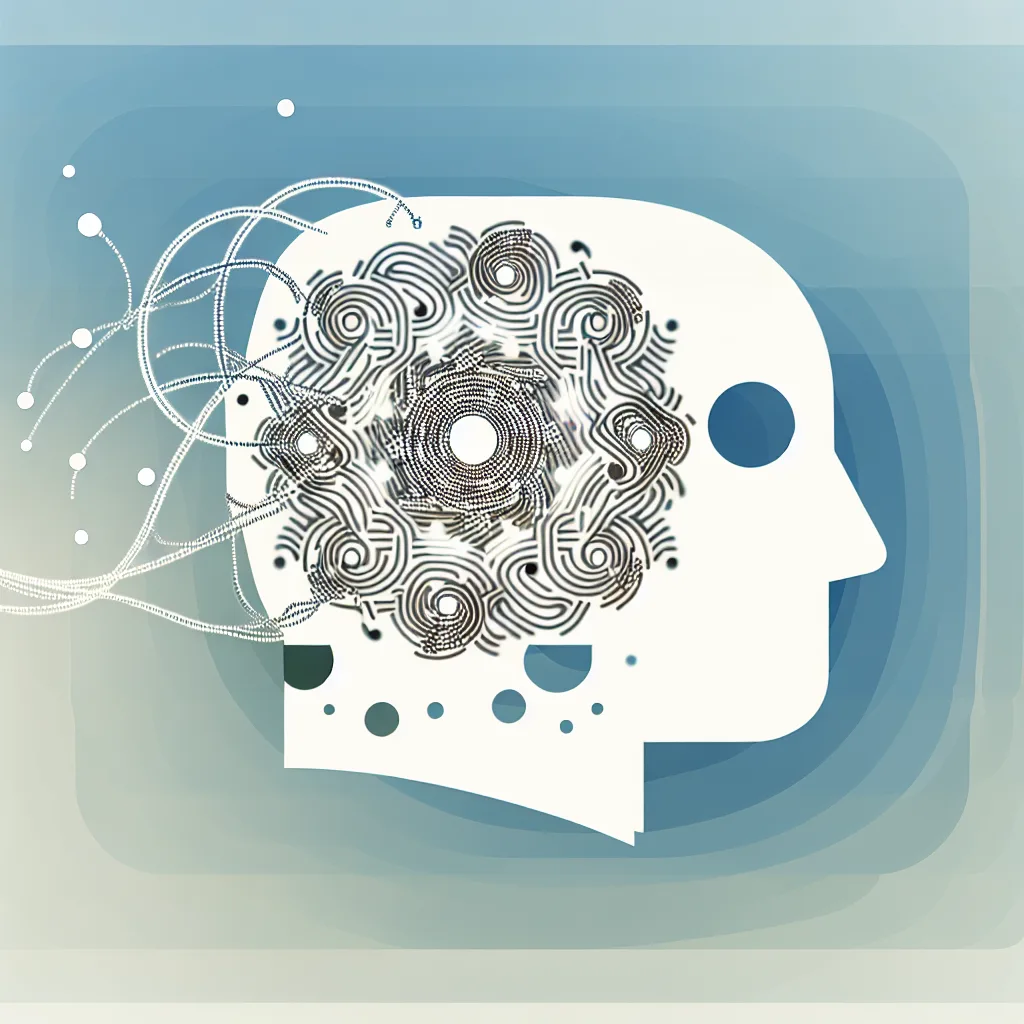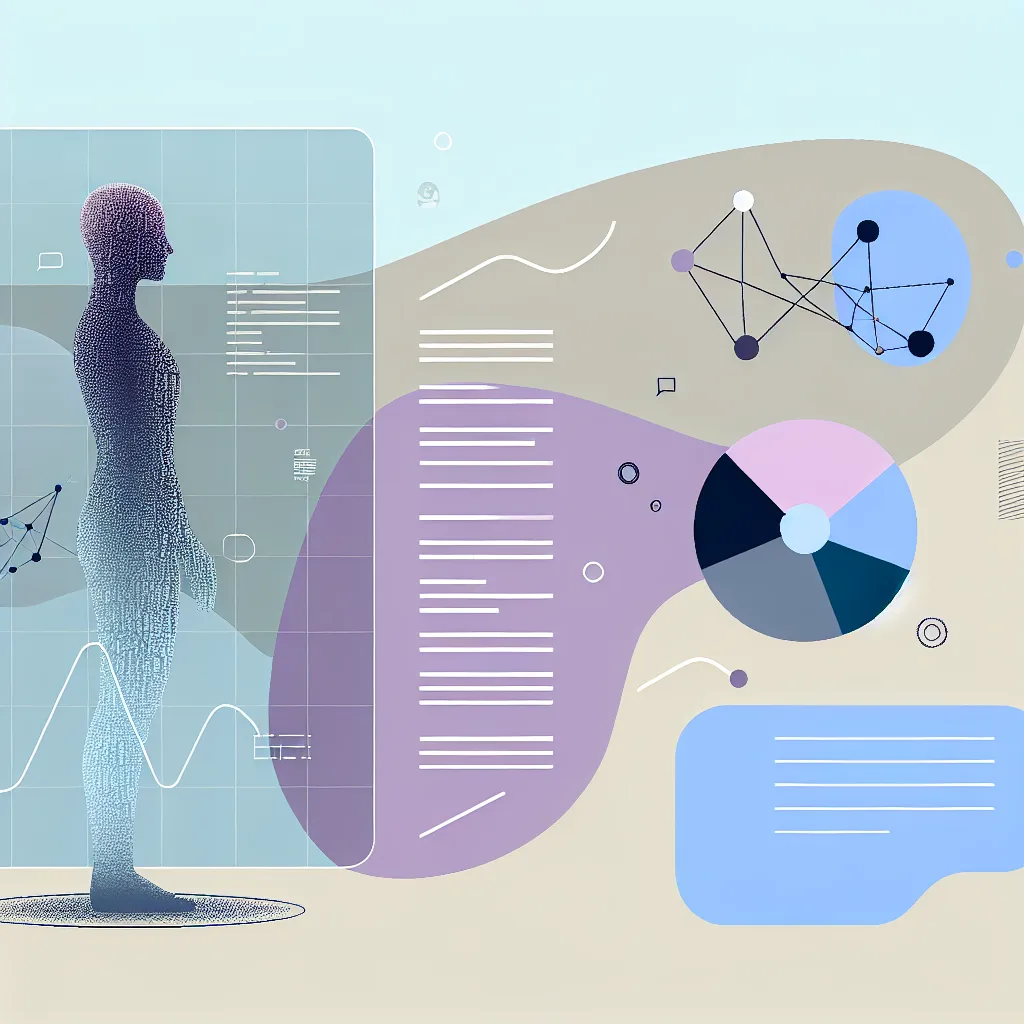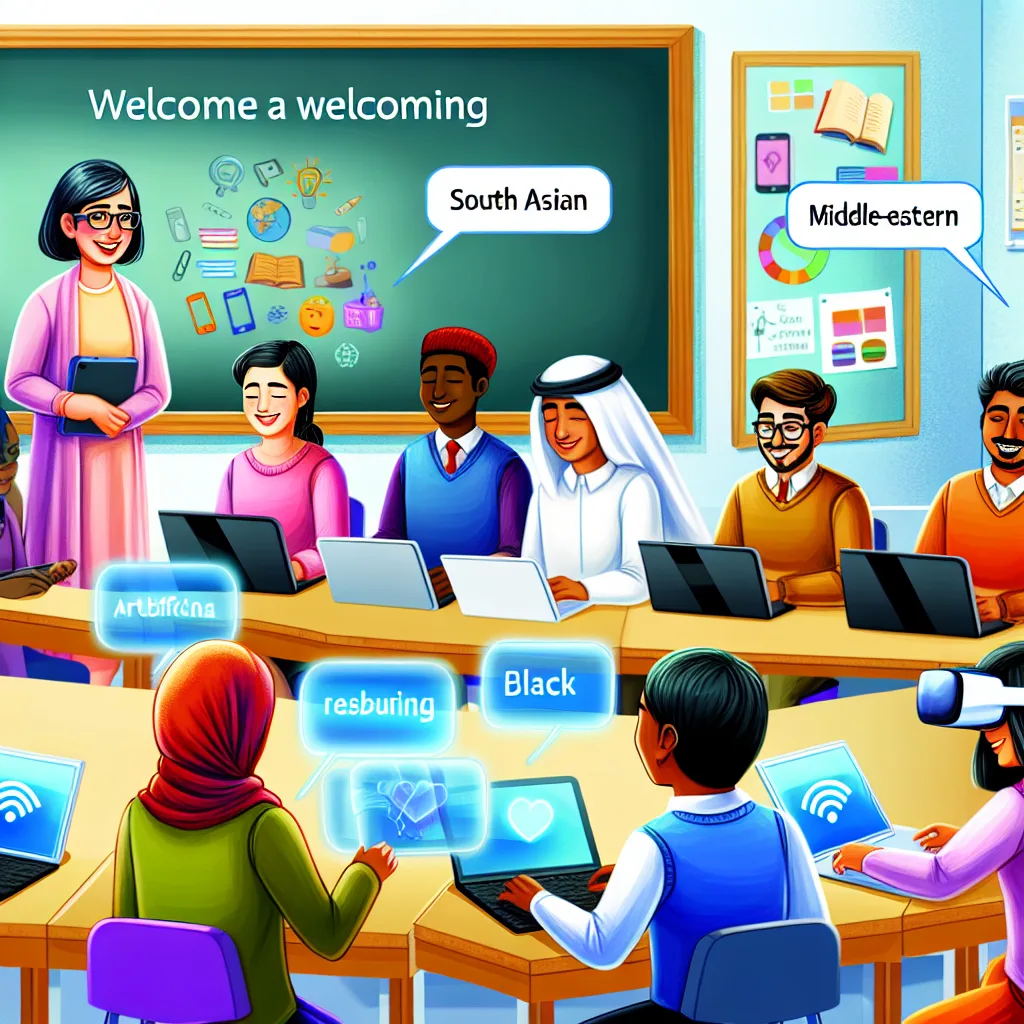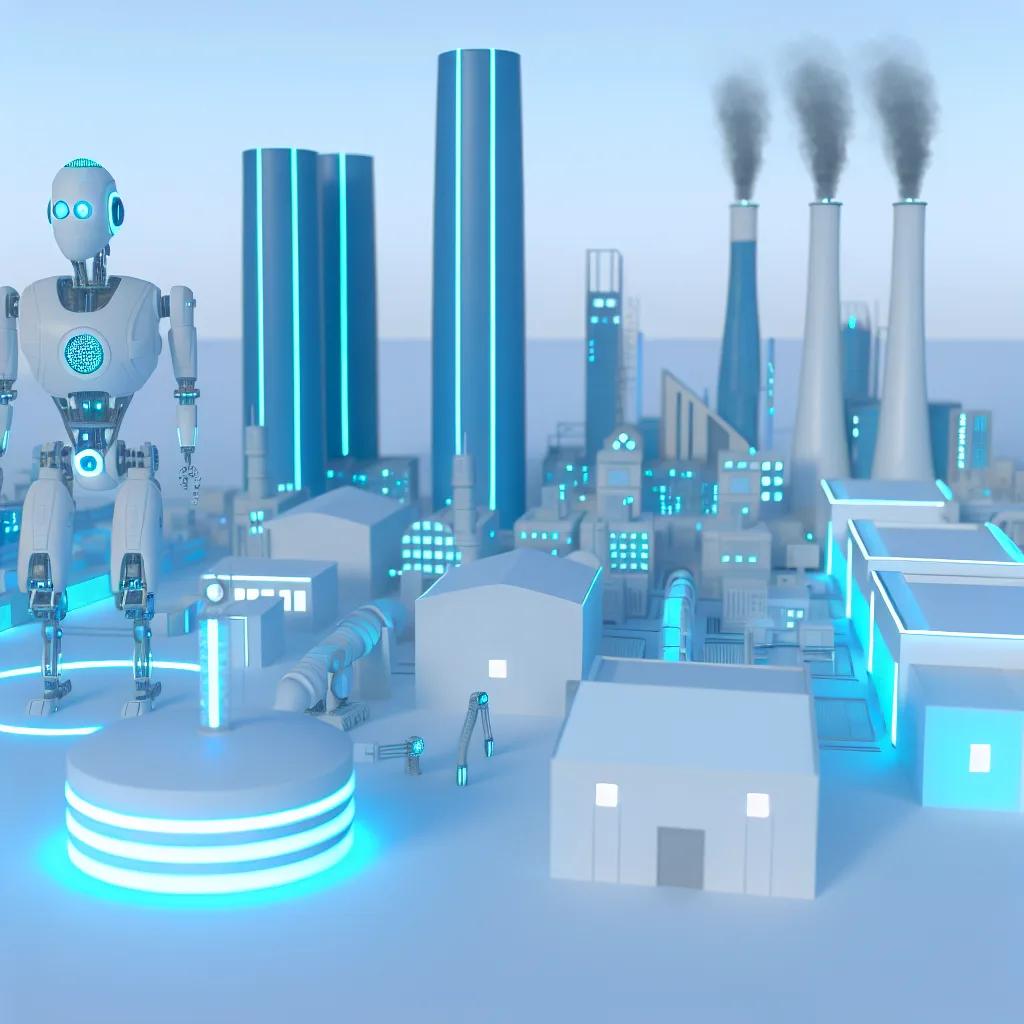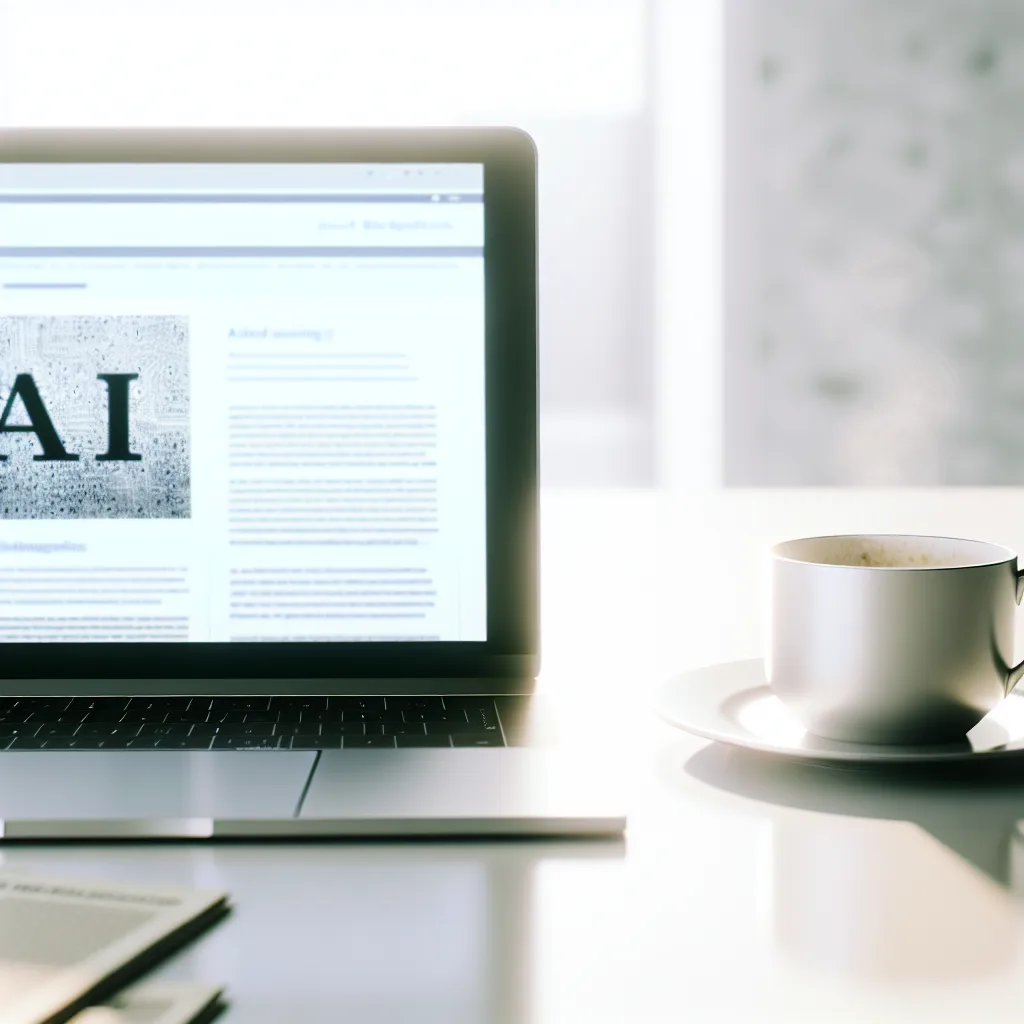Discover the best AI video generators for making custom videos easily and effectively.
If you’ve ever wondered how to make custom videos using AI, you’re not alone. AI video generators are becoming popular tools that let you create unique videos without needing a film crew or fancy equipment. Whether you’re making content for fun, social media, or a small project, there’s an AI tool out there for you. In this post, I’ll walk you through what AI video generators are, why they’re useful, and which ones you might want to try.
What Are AI Video Generators?
AI video generators are online platforms or software that use artificial intelligence to create videos based on your input. This input might be text, images, or even a rough script, and the AI helps turn it into a video with animations, voiceovers, or effects.
Unlike traditional video editing, which requires manual work and skills, AI video generators automate many parts of the process. They’re great if you want to make a video quickly or if you don’t have much experience with video production.
Why Use AI Video Generators?
The primary benefit of AI video generators is the ease of use. You don’t need to be a video expert or spend hours editing. Plus, many of these tools offer customization options so your videos can still look personal and unique.
For example, many marketers and content creators use them to produce engaging social media clips, explainer videos, or even short ads. Even educators and business owners find them useful for making quick tutorial or promotional videos.
Popular AI Video Generators to Try
Here are a few reliable AI video generator sites that you can explore:
- Synthesia – Great for creating videos with AI avatars that can speak your script in multiple languages. It’s perfect for tutorials or business presentations. Check it out here.
- Pictory – Converts long-form content like blog posts into short video snippets automatically. Handy for social media content or summarizing information. Learn more.
-
Lumen5 – A popular choice for marketers; lets you turn blog articles into engaging videos with a drag-and-drop interface. Visit Lumen5 to try.
-
Runway ML – Offers advanced AI tools for creatives, including video generation and editing features. It’s more suited for those who want a bit more control. Explore Runway ML.
These platforms vary in features, pricing, and complexity, so you can pick one that fits your needs and skill level.
Tips for Using AI Video Generators
- Start with a clear script or concept. AI works best when it has good direction.
- Use high-quality images or videos if you’re incorporating media.
- Don’t be afraid to tweak the output manually for a more polished result.
Wrapping Up
AI video generators open up a lot of creative possibilities without the heavy lifting. Whether you want to create personal videos, marketing content, or simply experiment, these tools make video production accessible and fun.
If you’re curious to explore more about how AI can help with creative projects, sites like OpenAI or TechCrunch regularly cover new AI developments worth following.
Give these tools a try and see how AI video generators can change the way you create content. Who knew making videos could be this easy?

